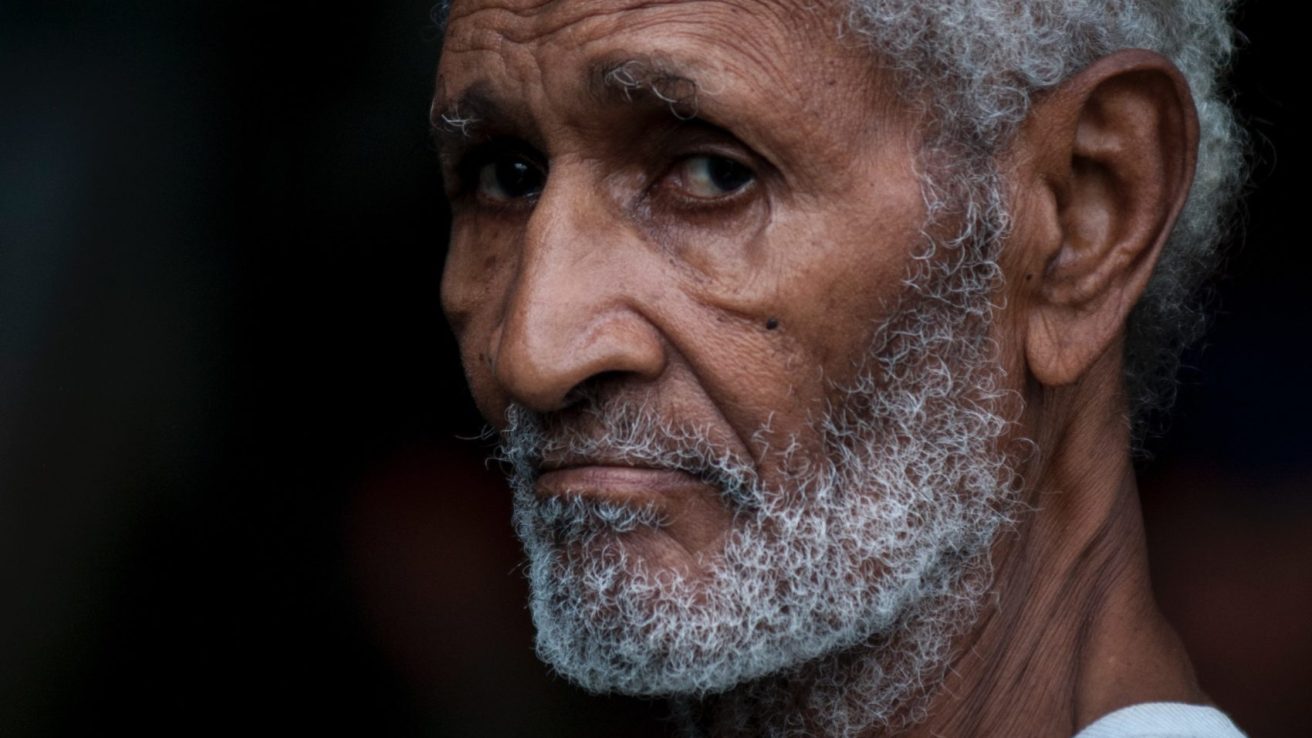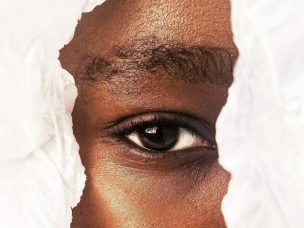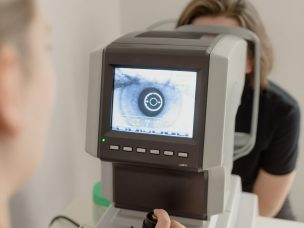The risk of visual impairment increases, and to some degree, is expected as we age. Visual impairment in the elderly is a prevalent issue across all racial and ethnic groups. The most common causes of visual impairment in the elderly are cataracts, glaucoma, and age-related macular degeneration (AMD).
Cataracts can be corrected with surgery in most developed countries. However, the damage from glaucoma and AMD can cause irreversible vision loss if not detected and treated early.
Glaucoma prevalence in the United States is expected to rise to 5.5 million cases by 2050, a 90% increase since 2014. Similarly, American cases of AMD are expected to double by 2050, reaching 17.8 million cases in patients age 50 or older. For those with neovascular AMD (wet AMD), the severity of this degeneration is extensive, often leading to disability and even legal blindness.
An analysis of relevant publications was performed to identify the disparities associated with eye care services faced by elderly patients with visual impairment. Concerning race/ethnicity, the data suggest that race and ethnicity are relevant factors in risk assessment due to underlying medical conditions that affect different racial and ethnic groups at disproportionate rates. Regarding sex, significantly more women were found to be afflicted with wet AMD than men.
As a whole, elderly patients were found to face disparities, including access to eye care services and medical, psychological, and social complications that hinder their treatment plans. Currently, few means exist for tracking vision-related disability and associated disparities.
Wet AMD, glaucoma, and other age-related eye diseases are the number one cause of visual impairment in the elderly. This population experiences disparities that hinder their eye care treatment, including access to care. These data suggest that without a proper system for monitoring and tracking these disparities, we limit the ability to help patients overcome these barriers.
A call to action is made for public health agencies to develop a manner to collect data of eye care-related disparities in a systematic fashion. Doing so will increase our efforts to help elderly patients receive the eye care services and treatments they need [1].
Source:
[1] Umfress, A. C., & Brantley, M. A. (2016). Eye Care Disparities and Health-Related Consequences in Elderly Patients with Age-Related Eye Disease. Seminars in Ophthalmology, 31(4), 432–438. https://doi.org/10.3109/08820538.2016.1154171










